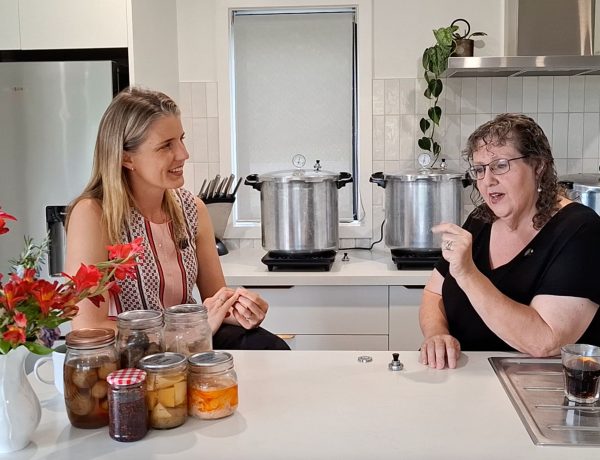Why preserve food? What are the benefits of food preservation, you ask? Well, when your garden hands you a dozen cabbages all at once… what do you do?
If you’ve ever grown your own food or stumbled across a glut of in-season fruit at the market, you know the magic—and challenge—of abundance. That’s where preserving steps in. Whether you’re pickling, fermenting, dehydrating, or water bath canning, food preservation connects us to time-honoured traditions that are as practical as they are satisfying. And if you’d love some step-by-step guidance to get started, our Complete Guide to Preserving at Home is designed especially for beginners, walking you through each jar with confidence.
In this article, we’re digging into why we preserve food, from saving money to creating food security and reclaiming control over what we eat.. Whether you’re a complete beginner or returning to your preserving roots, this is your starting point.
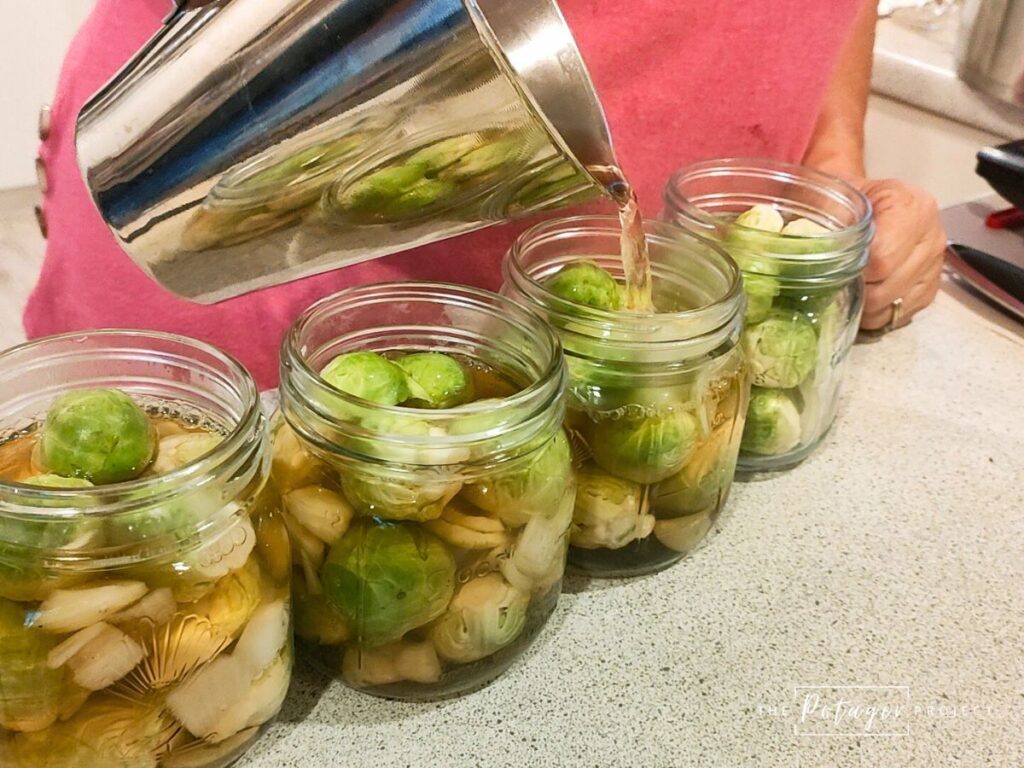
What are the Different Forms of Food Preservation
There’s more than one way to keep food from spoiling—and the beauty of preserving is that you can choose what works best for your kitchen, climate, and lifestyle. Here are some of the most common (and beginner-friendly) methods:
Freezing
One of the easiest places to start. Freezing preserves the texture and flavour of most fruits and vegetables with minimal prep. Think puréed pumpkin, roasted tomato sauce, or even blanched greens ready for soups and stews.
Canning or Bottling
This method uses heat to kill off spoilage organisms and seal food in jars for long-term storage. Water bath canning is ideal for high-acid foods like fruit, chutneys, jams, and pickles. Pressure canning is used for low-acid items like meat or vegetable soup.
Fermenting
A time-honoured method that relies on beneficial bacteria to preserve and enhance food. Fermented foods like sauerkraut, kimchi, and pickles develop unique tangy flavours—and they’re great for gut health too.
Dehydrating
By removing moisture, dehydrating extends the shelf life of fruit, veg, herbs, and even leftover cooked meals. It’s a brilliant way to make shelf-stable snacks or preserve herbs from your garden.
Preserving food simply means treating it in a way that slows or stops spoilage—so it can be enjoyed later. From dehydration and salt curing to canning, fermenting, freezing, or preserving in sugar or vinegar, there are many time-tested ways to make food last.
Preserving in Sugar or Vinegar
Sugar and vinegar both act as natural preservatives. Use sugar for making jams, marmalades, and fruit syrups. Vinegar works well for pickling everything from cucumbers to red onions.
Salt Curing and Smoking
Less common in home kitchens today, but still used for preserving meat and fish. Salt draws out moisture and inhibits bacteria growth, while smoking adds flavour and extends shelf life.
Each method has its own charm—and learning when and how to use them gives you more flexibility to make the most of your harvest. Whether you’re freezing a soup base or fermenting your first jar of kraut, you’re keeping food out of the compost and putting it on your table instead.
6 Reasons Why We Preserve Food
1. Because the Seasons Don’t Last Forever
Right when your vegetable garden is bursting with cucumbers, berries, or feijoas, you realise nature doesn’t wait. Preserving lets you bottle that goodness before it goes bad.
One summer, I ended up with more cherry tomatoes than I knew what to do with. We couldn’t keep up! So I started oven-drying them in batches, packing them in olive oil, and tucking jars away in the pantry. Those little bursts of summer kept showing up in salads and pastas for months after the garden slowed down.
So why preserve? Because it lets you eat seasonally—even in the off-season.
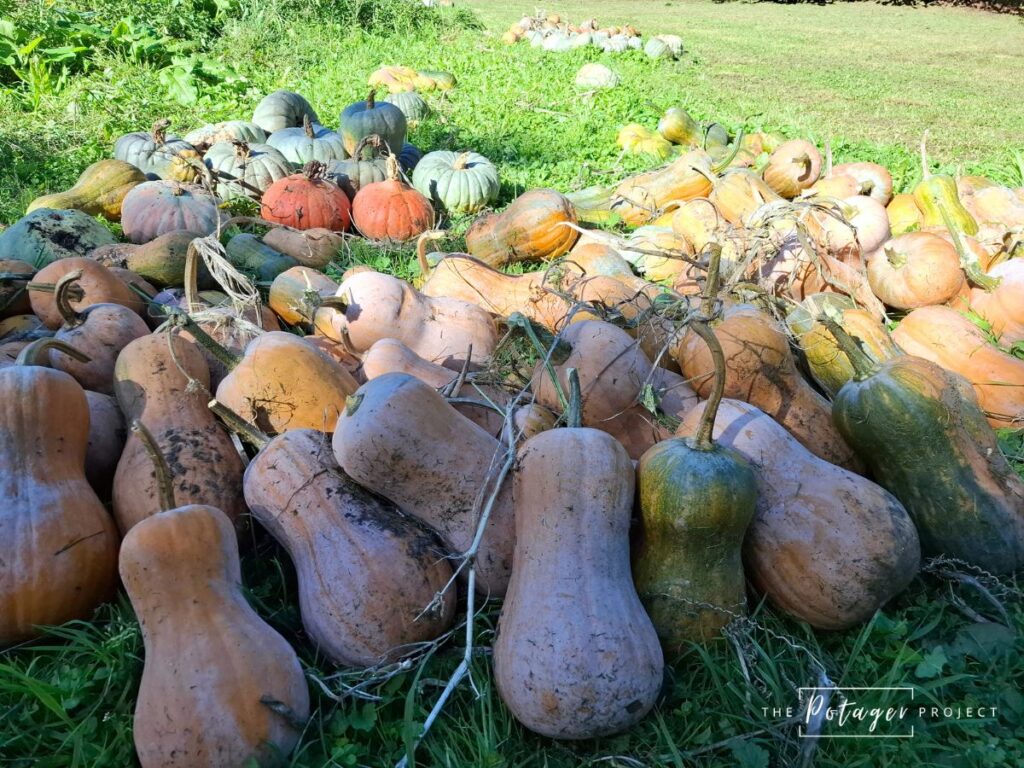
2. Preserving Saves Money and Prevents Waste
If you’re gardening on a budget or do everything you can to make your food stretch (like I do), preserving for beginners is one of the smartest skills to learn. It turns garden extras—or bulk produce from the market—into shelf-stable food. And it means less waste, especially when dealing with fruit or veg that’s just past its best.
I’ve made chutney from slightly bruised apples, zucchini pickles from oversized courgettes (aka marrows), and pasta sauce from tomatoes with splits. It all adds up to a pantry that supports us through the year, without blowing the grocery budget.
3. It’s Empowering (and Kinda Addictive)
There’s something so satisfying about lining up jars of food you’ve made yourself. It’s not just practical—it’s powerful. Knowing that you’ve made your own jam, pickles, or preserved lemons from scratch gives you this quiet sense of accomplishment.
Especially as a mum, I love that preserving puts me in control. I know what’s in our food. I can skip the artificial colours, unnecessary sugar, and preservatives. And because we grow most of our veggies organically, preserving helps me feed my family organically on a shoestring budget.
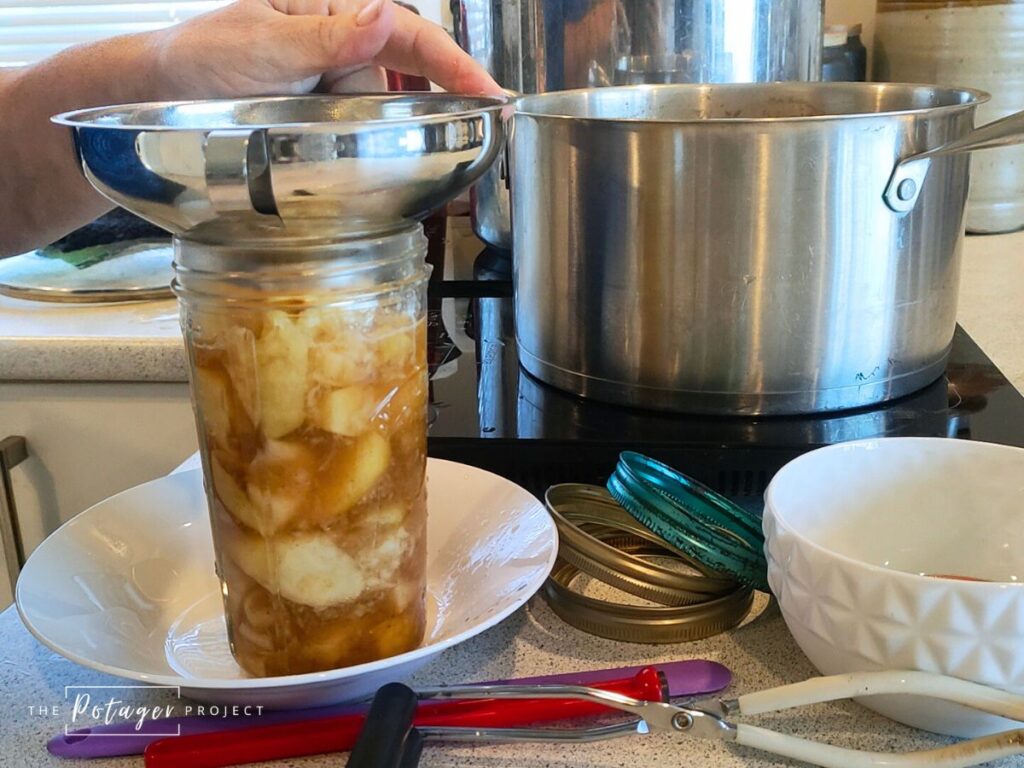
4. It’s a Beautiful Way to Connect With Tradition
Some of my earliest memories are of visiting my grandparents and seeing shelves full of canned apples in their basement. That simple, slow rhythm of working with food stuck with me.
When I preserve now with my own kids nearby, I feel connected—not just to them, but to my family’s story. Why preserve food? Because it’s a tradition worth carrying on and it has stood our grandparents and their grandparents well for generations
5. It’s Easier Than You Think
If you’re just starting out, take heart. Preserving for beginners can be incredibly simple. You don’t need fancy gear or years of experience to get started.
Here are some easy ways to begin:
- Water bath canning: great for jams, fruit, chutneys
- Fermenting: try a jar of sauerkraut or kimchi
- Freezing: puree pumpkin or roast tomatoes for the freezer
- Dehydrating: apples, herbs, and tomatoes work brilliantly
Start with what you have. One jar at a time.
And if you’d like a bit more guidance, we teach all the basics in our Jar by Jar canning course—perfect for beginners who want to preserve with confidence. From equipment checklists to step-by-step tutorials, we’ll walk you through everything you need to know.
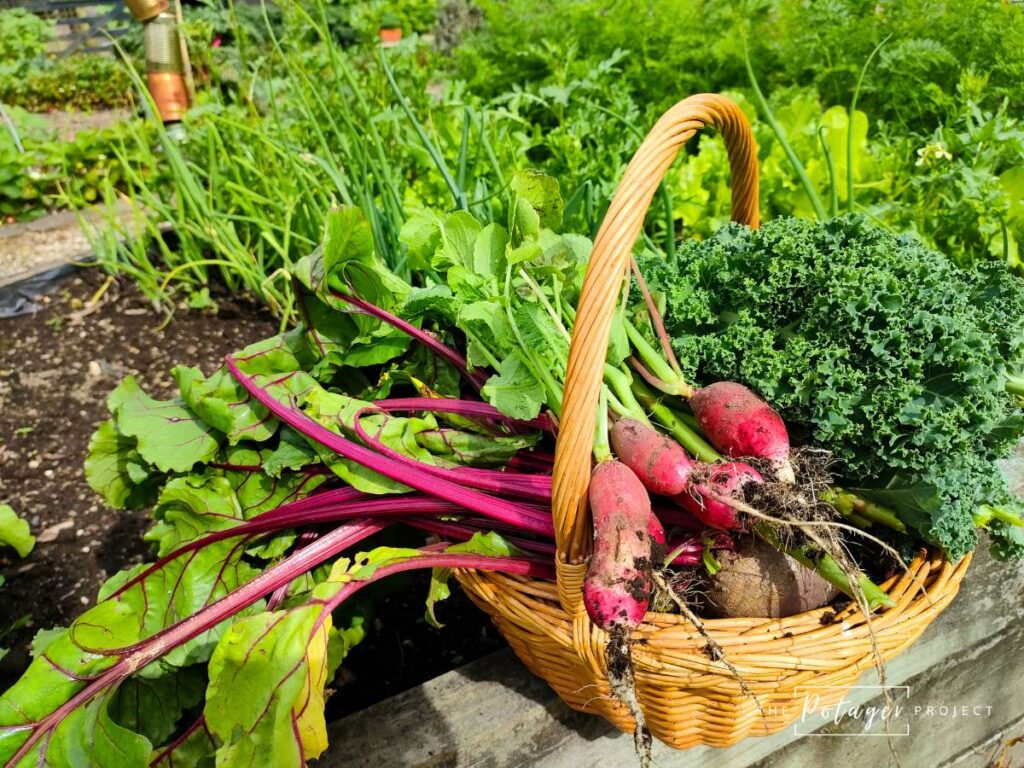
6. Because Food Security Starts at Home
Preserving is about more than just food—it’s about security. It gives you a stocked pantry, peace of mind, and a way to provide for your family even when fresh produce is out of season or too expensive.
Having homemade tomato sauce, frozen pumpkin soup, or a shelf of pickled veg means I’m less dependent on supermarkets. And in times when budgets are tight, that’s worth gold.
Why Preserve Food? Because It’s Worth It.
Why preserve? Because it makes sense. It’s joyful, frugal, and grounding. For me, it’s about knowing what’s in my family’s food, feeding them well on a tight budget, and honouring the effort that goes into every seed we plant and making the most of what we grow in the garden.
Preserving for beginners doesn’t need to be overwhelming. Start with the food you already grow or buy seconds or in bulk when on special. Learn one method. Try one recipe. Whether it’s jam, relish, or frozen soup, that’s one more step toward self-sufficiency—and a pantry you can be proud of. If you’re feeling nervous about starting, remember that no one becomes a preserver overnight. That’s why Katherine and I created The Complete Guide to Preserving at Home — it’s designed for both beginner and people lacking a little confidence, guiding you step-by-step through jams, pickles, relishes, and more. You don’t have to figure it out alone, we’d love you to join us!

About the Author
Elle Reed is a passionate gardener and advocate for teaching beginner gardeners how to grow their own food. Elle’s mission is to inspire and empower people to get back to basics, grow their own produce, and embrace a sustainable lifestyle. “Whether it’s a few herb pots in an apartment, a potager or a full garden plot, we can all ‘start somewhere’ to grow our own food, and in doing so, provide healthier food for ourselves and those we love”.


